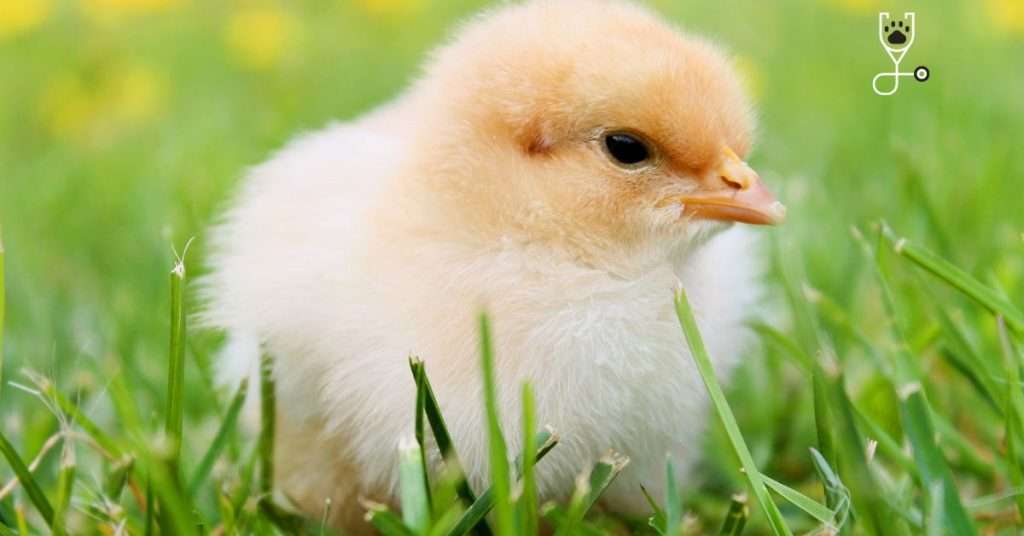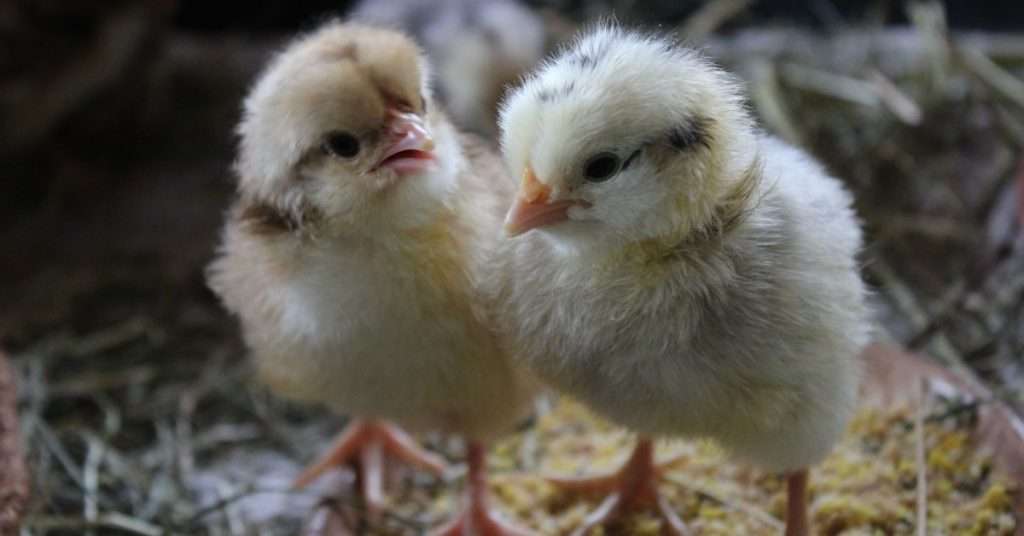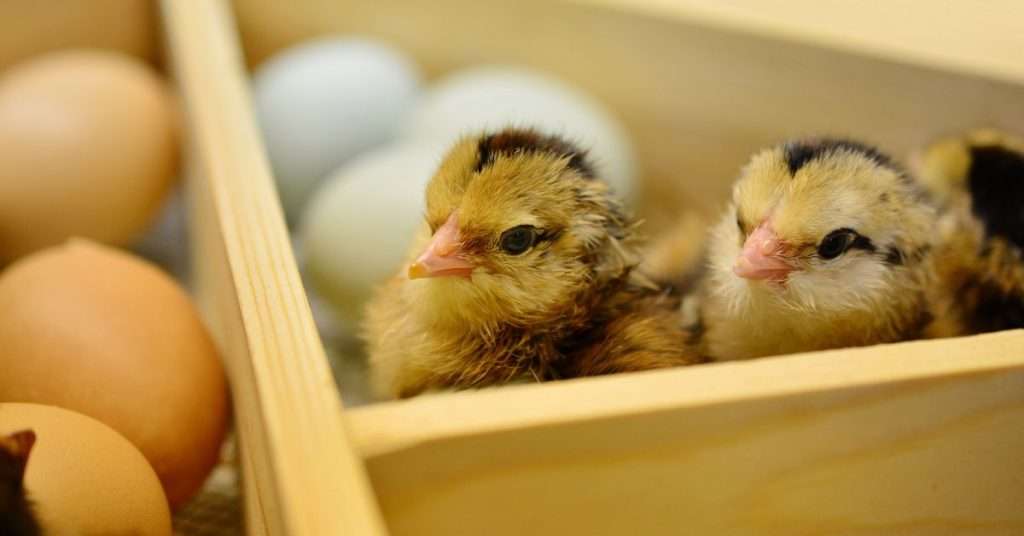Chicks are irresistible. Cute, fluffy, and always fun to watch, they’re a staple of springtime. But what do you do if you want to hatch your own chicks? Follow these simple steps to create a warm and comfortable home for your little ones. You’ll be enjoying fresh eggs in no time!

While raising chickens may seem like a daunting task, there are actually very few animals that come with as much of a step-by-step guide as chicks. As long as you provide them with the proper care, they will thrive.
- The first step is to find a brooder. This can be anything from an old box to a specially designed chicken coop, as long as it is clean and draft free.
- Once you have your brooder set up, you will need to add some bedding. cardboard, wood shavings, or straw are all good choices.
- The next step is to add a heat source. A red light bulb or a heat lamp will do the trick.
- Chicks also need access to food and water. A chick feeder and waterer can be purchased at most pet stores or online.
- Finally, you will need to acclimate your chicks to their new home by slowly removing the heat source over the course of a week.
By following these simple steps, you can successfully brood your own chickens.
Let a Hen Hatch Her Own Chicks
At this point in the process, everything I said about the step-by-step specifics of brooding is irrelevant.
What’s more important now is simply to enjoy the cuteness of the mother hen trotting around with a dozen or more chicks following behind her. It’s truly a sight to behold, and it’s a testament to the strength and instincts of mother hens. These chicks will now stay close to their mother for warmth and protection, and they will begin to learn how to find food and water on their own. In just a few short weeks, they will be ready to venture out into the world on their own, but for now, they’re content to stay close to home.
Learn More: How to Build a Homemade Chicken Egg Incubator for Less Than $15

Don’t (Necessarily) Use a Commercial Hatchery
We use large hatcheries when we want to get a large batch of chicks, but we have had good and bad experiences. One year we had a high percentage of losses because the chicks got chilled when they were shipped.
We also had problems with the feeders in the hatchery not being up to standard, and many of the chicks starved to death.
However, we have also had good experiences with large hatcheries, and we have been very happy with the service and the quality of the chicks. Overall, it is important to do your research before you choose a hatchery, as there are both good and bad experiences to be had.
Read More: Tips to Make Your Own Egg-Grabber Tool
Brood Chickens and Turkeys Together
Chickens and turkeys are both popular domesticated birds, and they share many similarities. Both are omnivorous, social creatures that enjoy foraging and scratching in the dirt. However, there are also some key differences between the two species.
Major Difference
Chickens are generally smaller than turkeys, with males weighing in at around eight pounds and females around four pounds. Turkeys, on the other hand, can weigh up to 30 pounds.
In addition, turkeys typically have a longer lifespan than chickens, with some individuals living for 15 years or more.
When it comes to brooding, chickens and turkeys have different requirements. Chickens need a warm, draft-free environment with plenty of ventilation, while turkeys prefer a cooler space with higher humidity.
However, it is possible to successfully brood both species together by providing a happy medium between these two extremes. With a little care and attention, chickens and turkeys can thrive side-by-side.

Here are a few tips to help you successfully brood chickens and turkeys together:
1). Choose a brooder that is large enough to accommodate both species. A standard chicken brooder will work fine, but you may need to add some extra space if you are brooding a large number of birds.
2). Make sure the brooder is draft-free and has good ventilation.
3). Keep the temperature at a comfortable level for both species. Chickens prefer a temperature of around 95 degrees Fahrenheit, while turkeys like it to be a bit cooler, around 75 degrees Fahrenheit.
4). Provide separate food and water stations for each species. This will help to prevent competition and ensure that each bird has access to the resources it needs.
5). Keep an eye on the birds as they grow, and make sure they have enough space to spread their wings and move around freely. If the brooder starts to feel crowded, consider moving the birds to a larger space.
By following these tips, you can successfully brood chickens and turkeys together without any problems.
With a little care and attention, you can successfully brood both chickens and turkeys together. By providing a happy medium between the two species’ temperature requirements and making sure each has access to food and water, you can ensure that both thrive. Keep an eye on the birds as they grow, and make sure they have enough space to move around freely. With a little bit of effort, you can successfully raise both chickens and turkeys together.